Ultimate Guide to Acoustic Pest Monitoring
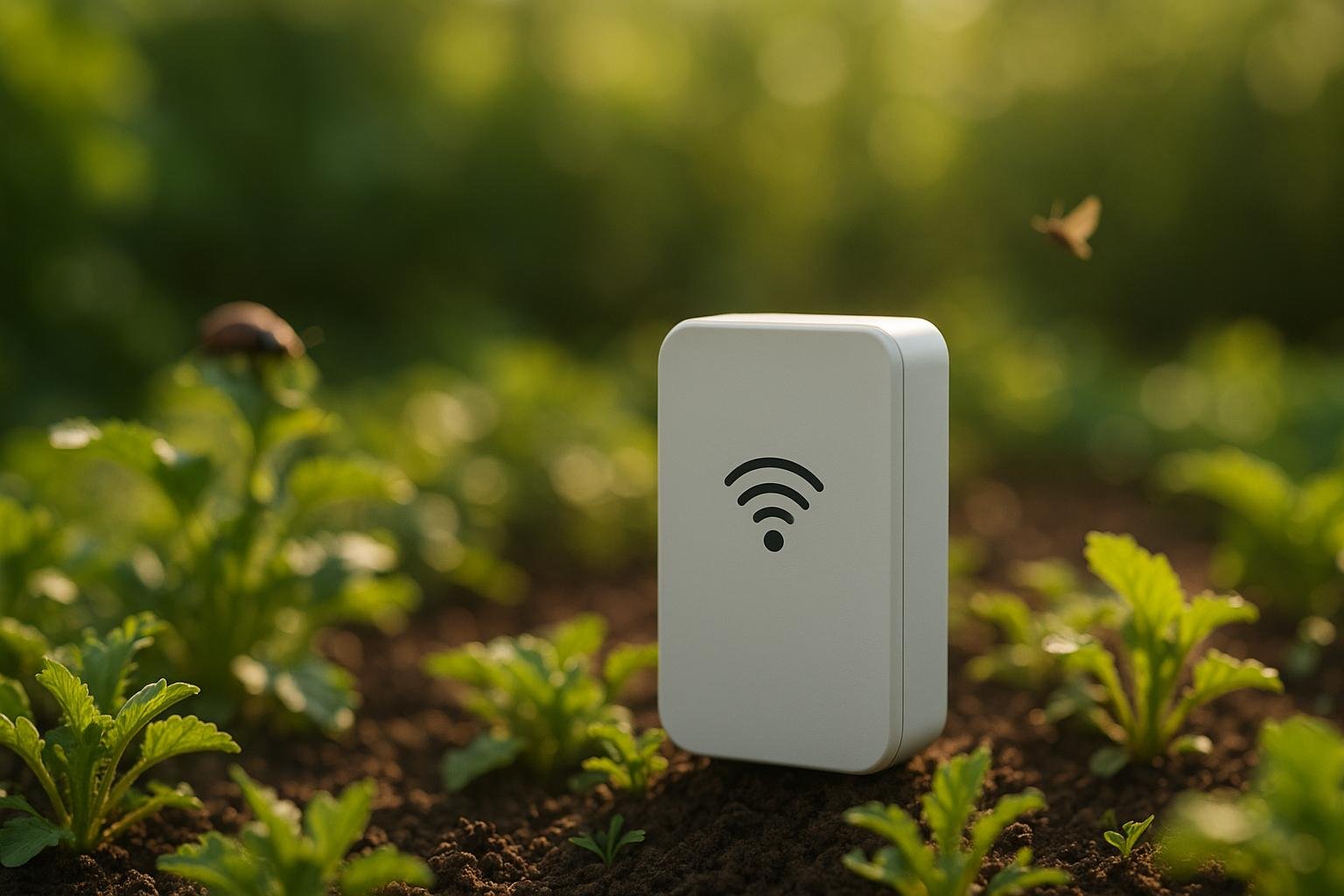
Acoustic pest monitoring uses sound to detect pests early, helping you protect your garden or farm with precision. This method relies on microphones and AI to identify pest noises, reducing pesticide use and saving costs. Here's what you need to know:
- How It Works: Sensitive microphones capture sounds, and AI filters out background noise to detect pests.
- Benefits: Early detection (2–4 weeks ahead of visible damage), reduced pesticide use (up to 60%), and cost savings.
- Challenges: Weather sensitivity, maintenance needs, and limited accuracy with soft-bodied pests.
- Applications: Suitable for all garden sizes, from small home gardens to large farms.
Quick Tip: Pair your monitoring system with tools like AIGardenPlanner for real-time pest tracking and tailored gardening advice. This tech is transforming pest control into an eco-friendly and efficient process.
Technical Principles
Sound Detection Basics
Acoustic pest monitoring systems rely on sound detection technology to identify and analyze noises associated with pests. These systems typically operate in three main steps:
- Sound capture: Sensitive microphones record continuous environmental sounds.
- Signal filtering: Algorithms filter out background noise to focus on frequencies linked to pest activity.
- Pattern recognition: Software identifies sound patterns that indicate the presence of pests.
Required Hardware
For effective operation, these systems require several key hardware components:
- Microphone array: Captures a broad range of acoustic signals.
- Signal processor: Converts and filters raw audio data for analysis.
- Weather protection: Shields equipment from environmental factors like rain or dust.
- Power supply: Ensures uninterrupted operation.
- Network module: Facilitates data transmission for remote analysis.
Proper placement of the hardware and regular calibration are essential to ensure accurate monitoring.
AI Analysis Methods
Artificial Intelligence plays a critical role in interpreting the collected sound data. The process generally involves:
- Data preprocessing: Raw audio is filtered and adjusted to highlight pest sounds.
- Feature extraction: The system examines properties like amplitude and frequency to identify unique sound characteristics.
- Pattern matching: Machine learning algorithms compare processed data against known pest sound profiles, allowing for precise identification.
These advanced techniques help detect pests efficiently, offering solutions for both small and large-scale garden environments.
Garden Applications
Detecting Hidden Pests
Acoustic pest monitoring makes it possible to identify pest activity in places that are hard to inspect visually. By analyzing the sounds coming from soil or plants, this method can uncover hidden insect activity, like pests feeding on roots or damaging wood. This allows gardeners to act quickly and effectively.
Targeted Pest Control
With acoustic monitoring, pest control becomes more focused. Instead of applying pesticides everywhere, gardeners and farmers can treat only the areas where pests are detected. This reduces pesticide use, protects helpful organisms, and ensures more efficient pest management.
Suitable for All Garden Sizes
Acoustic pest monitoring works for both small home gardens and larger commercial farms. Whether you're using a single sensor or a network of them across a wide area, this technology helps detect pests early and respond with precision. It’s a practical solution for gardens of any size.
Pros and Cons
Key Benefits
Acoustic pest monitoring can detect pest activity 2–4 weeks earlier than traditional methods, helping reduce almond orchard crop losses by 35%, according to a 2024 study by the University of California. This early detection is particularly effective at spotting hidden threats, such as wood-boring beetles or pests that are active at night.
Another advantage is precision. By targeting pests more accurately, farmers and gardeners can significantly cut down on pesticide use. For instance, Florida tomato growers reduced neonicotinoid applications by 60% by pinpointing hornworm larvae. Similarly, a Chicago rooftop garden in 2024 used TerraSonus sensors with AIGardenPlanner to detect vibrations from zucchini stem larvae, allowing targeted neem oil treatments that saved 90% of the plants.
Despite these advantages, there are still some challenges to consider.
Current Drawbacks
Acoustic monitoring does come with technical limitations. Environmental factors, like wind speeds over 15 mph or rainfall, can interfere with sensor accuracy. Low-cost systems (under $200) may also produce up to a 25% false positive rate, mistaking ambient noises for pest activity.
Maintenance is another consideration. Solar-powered units require battery replacements every 6–12 months, and microphones need cleaning about once every quarter. While AI analysis has improved detection, it still struggles with soft-bodied pests like aphids and whiteflies, achieving only 80% accuracy in controlled environments.
Below is a comparison of the system’s strengths and limitations:
Feature Comparison
| Aspect | Advantages | Limitations |
|---|---|---|
| Detection Capability | Alerts 2–4 weeks earlier | Limited range (15–50 ft) |
| Environmental Impact | Reduces pesticide use by 60% | Sensitive to weather conditions |
| Cost Efficiency | Saves money by avoiding unnecessary treatments | Initial investment of $150–$400 for home systems |
| Maintenance | Solar-powered options available | Requires regular cleaning and battery upkeep |
| Pest Coverage | Identifies 280+ species | Struggles with soft-bodied insects |
AI integration has further enhanced the technology’s reliability. By analyzing frequency patterns, systems can differentiate between pests - like termites (1–3 kHz) and carpenter bees (200–400 Hz) - improving detection accuracy by roughly 40%.
sbb-itb-4d6a8dd
🚀 Ready to Reinvent Your Garden?
Join thousands of homeowners who have transformed their gardens using our AI design tool. Upload one photo to explore endless possibilities.
Get your AI garden designs →Setup Guide
Integration with AIGardenPlanner
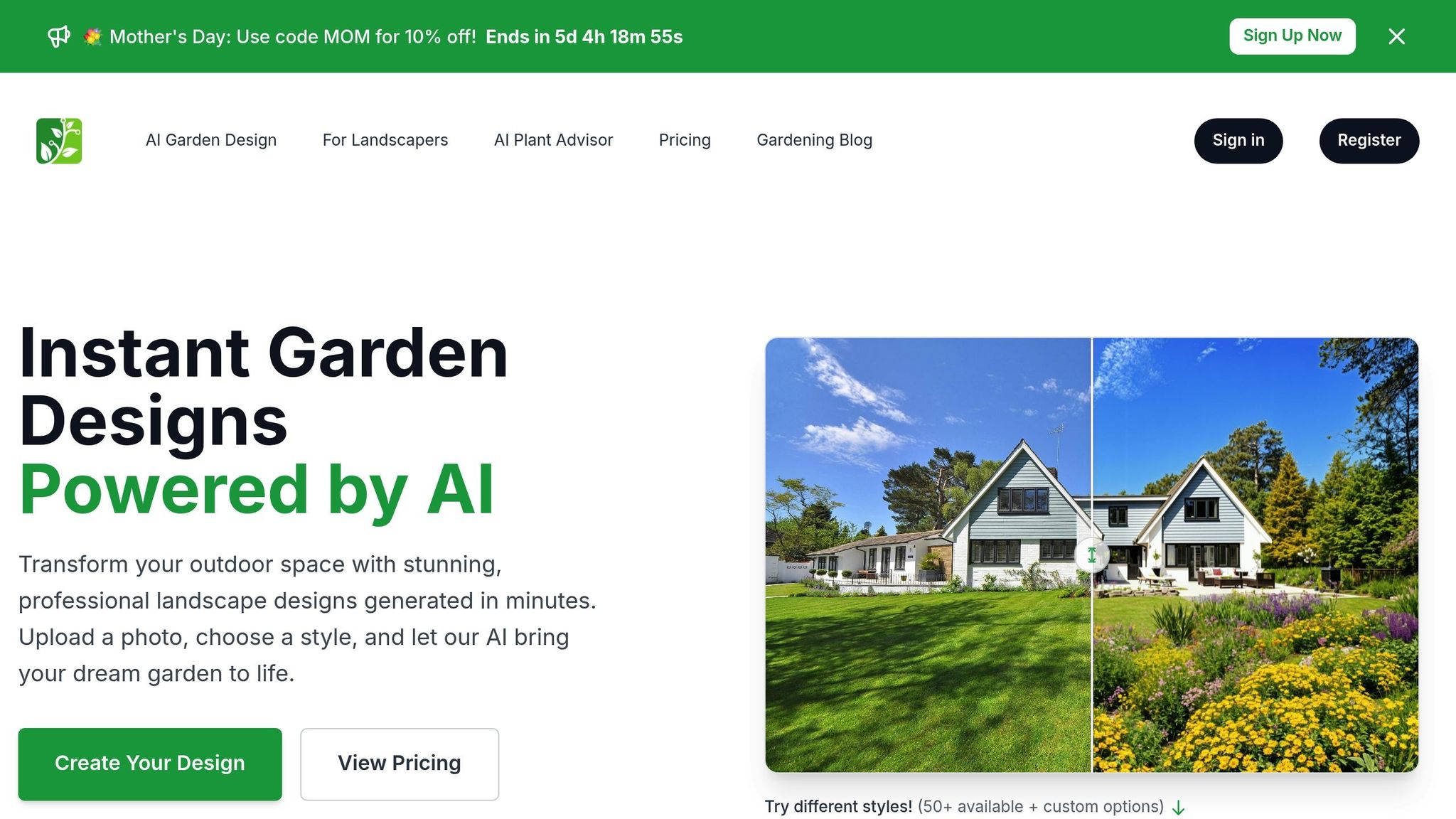
Connect your monitoring system to AIGardenPlanner to turn pest data into useful gardening insights. Make sure your system can export pest data in either CSV or JSON format. Once ready, upload the data through the AIGardenPlanner dashboard and configure custom alert thresholds. When increased pest activity is detected, the AI Plant Advisor will recommend pest-resistant plants and companion planting options. For Pro and Premium subscribers, additional features like automated alerts and detailed pest reports are included. Follow the upcoming steps for installation and monitoring setup details.
Summary
Key Takeaways
Acoustic pest monitoring is transforming garden management by using specialized sensors and AI to detect pest activity through sound. This approach allows for more precise pest tracking and control, helping to cut down on excessive pesticide use.
By combining acoustic pest monitoring with AIGardenPlanner, you can benefit from real-time pest tracking, AI-based plant suggestions, and automated alerts for better garden care.
Use these insights to create an effective pest management system in your garden.
Action Plan
Steps to Get Started:
- Identify high-risk areas in your garden and install the sensors there.
- Connect the sensors to the AIGardenPlanner dashboard to monitor pest activity in real time.
- Adjust settings to match your garden's specific needs.
For added features like automated alerts and detailed reports, consider upgrading to AIGardenPlanner Pro ($21/month) or Premium ($42/month). The AI Plant Advisor also offers tailored recommendations based on your local environment, weather, and pest challenges.
Nature Overheard: Acoustic Monitoring for Insects Through Community Science

FAQs
How does acoustic pest monitoring stack up against traditional methods in terms of efficiency and cost?
Acoustic pest monitoring offers a modern, non-invasive way to detect pests by analyzing the sounds they produce. This method can often be more precise and less disruptive than traditional techniques, such as visual inspections or chemical traps, as it identifies pest activity in real-time without disturbing the environment.
While initial costs for acoustic monitoring equipment may be higher, the long-term savings can outweigh these expenses. By detecting infestations early, it helps prevent costly damage and reduces the need for extensive treatments. For gardeners, especially those using tools like AI-powered garden planners, acoustic monitoring can provide valuable insights to maintain a healthy and pest-free garden.
What environmental factors can impact the accuracy of acoustic pest monitoring, and how can they be managed?
Environmental factors like background noise, temperature, humidity, and wind can affect the accuracy of acoustic pest monitoring systems. For example, excessive background noise from machinery or traffic may interfere with pest sound detection, while extreme temperatures or high humidity levels can alter the behavior of pests, making them harder to detect.
To mitigate these challenges, place monitoring devices in quieter areas away from noise sources and protect them from direct exposure to harsh weather conditions. Regular calibration of the devices and adjusting sensitivity settings can also help ensure more reliable results.
Can acoustic pest monitoring detect all pest species, or are there certain limitations?
Acoustic pest monitoring systems are highly effective at identifying pests that produce distinct sounds, such as chewing, movement, or communication noises. However, they may have limitations in detecting silent or very low-frequency species, as well as pests that don't generate distinguishable acoustic patterns.
For best results, these systems work well when tailored to specific pest types and environments. Combining acoustic monitoring with other pest control methods can help provide a more comprehensive solution for identifying and managing pests.
🎨 Visualize Your Dream Garden Today!
Transform any outdoor space into a professional landscape design in minutes. Just upload a photo, choose your style, and let our AI do the rest.
Start your garden transformation now →Related posts
Related Articles
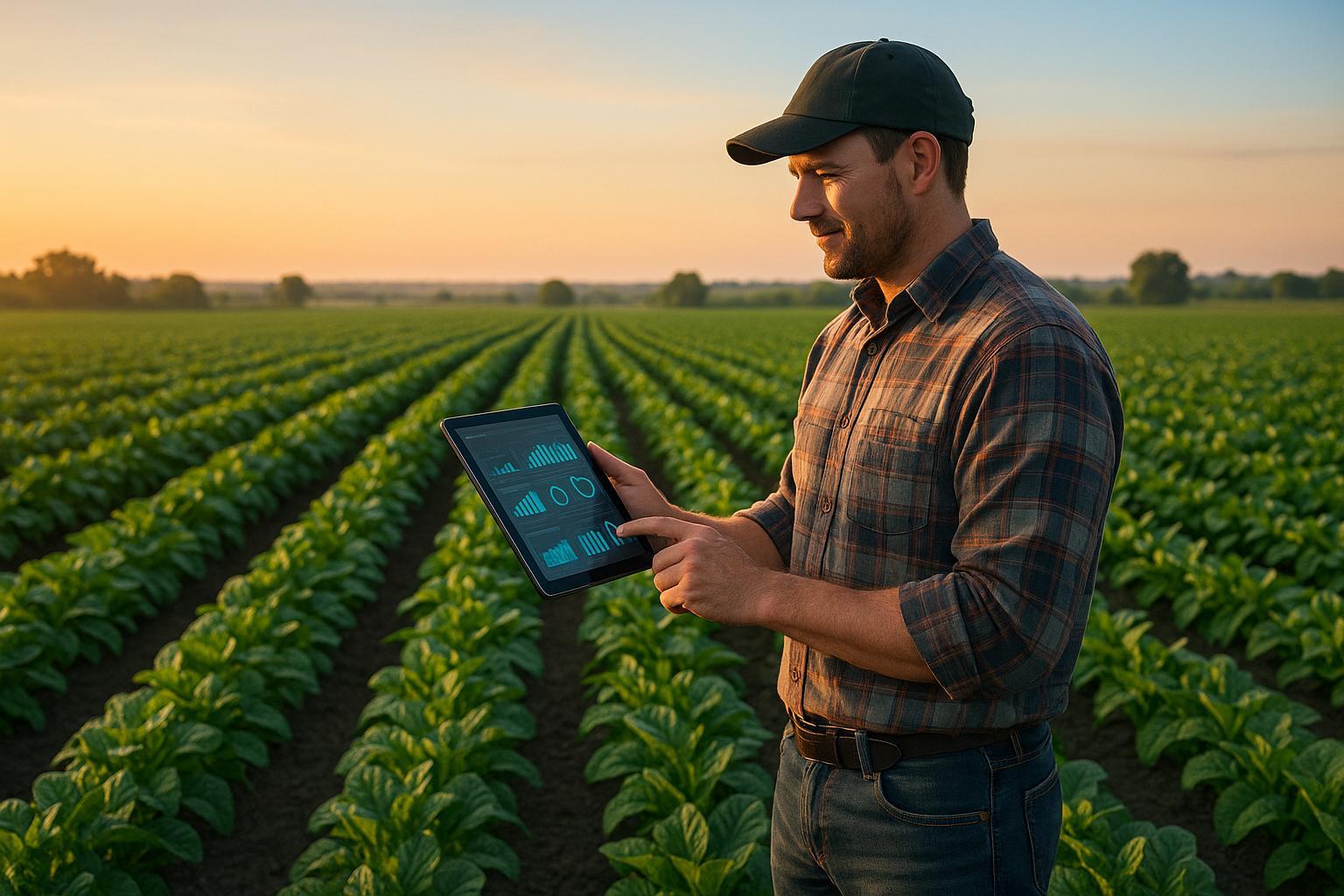
How Climate Data Improves Planting Decisions
Explore how climate data and AI are transforming planting decisions, enhancing crop management, and boosting productivity in gardening and agriculture.

How Vegetation Density Affects Garden Microclimates
Explore how vegetation density shapes garden microclimates, affecting temperature, humidity, and plant health for a thriving outdoor space.

Gardening in Maine: Determining Your Garden Zone and Tips for Success
Learn how to determine your garden zone in Maine and get tips for successful gardening in each zone. This comprehensive guide covers everything you need to know to get started!
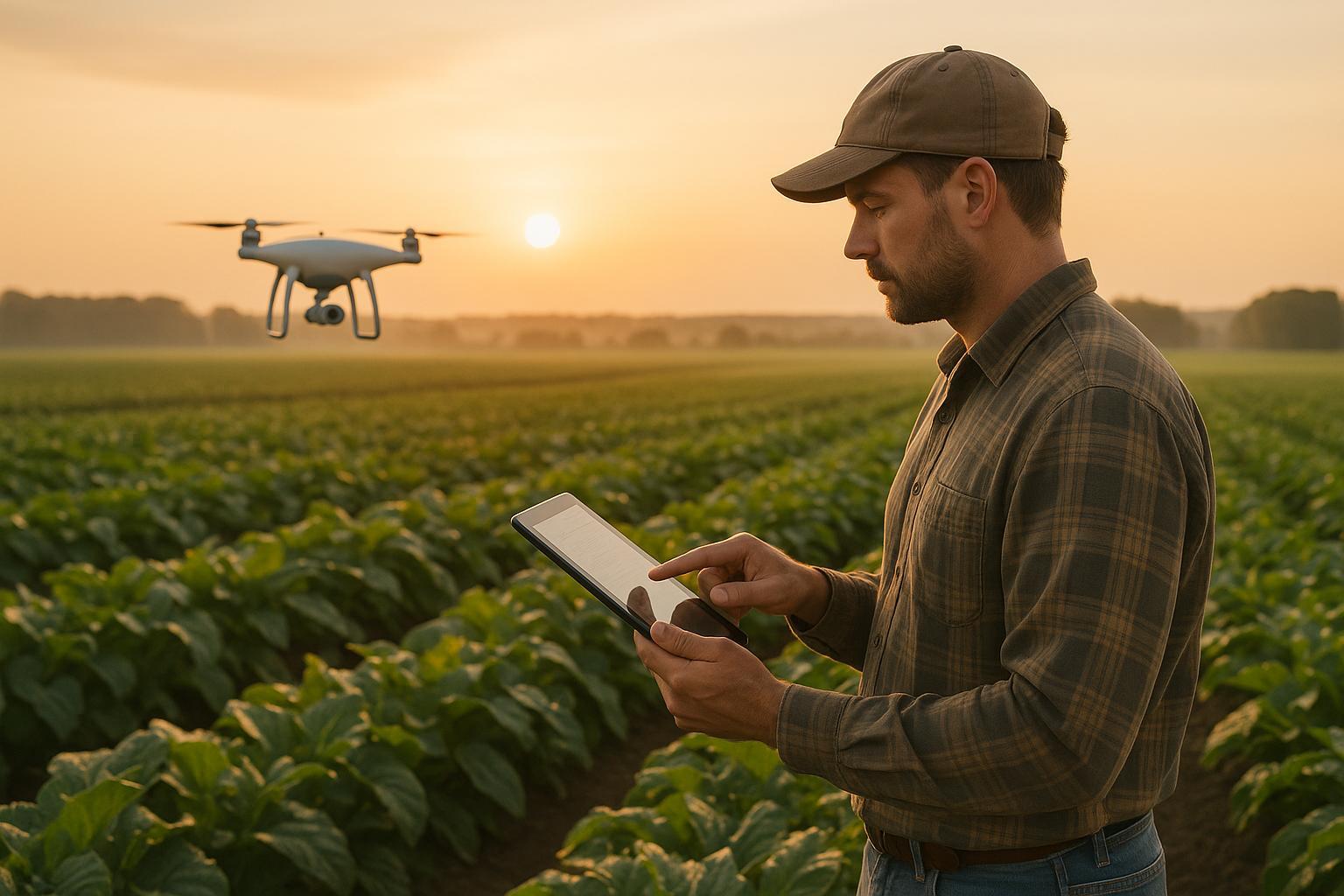
Optimizing Pest Control with Data Analytics
Explore how data analytics and AI are revolutionizing pest control, improving efficiency, and protecting crops with smarter, eco-friendly solutions.
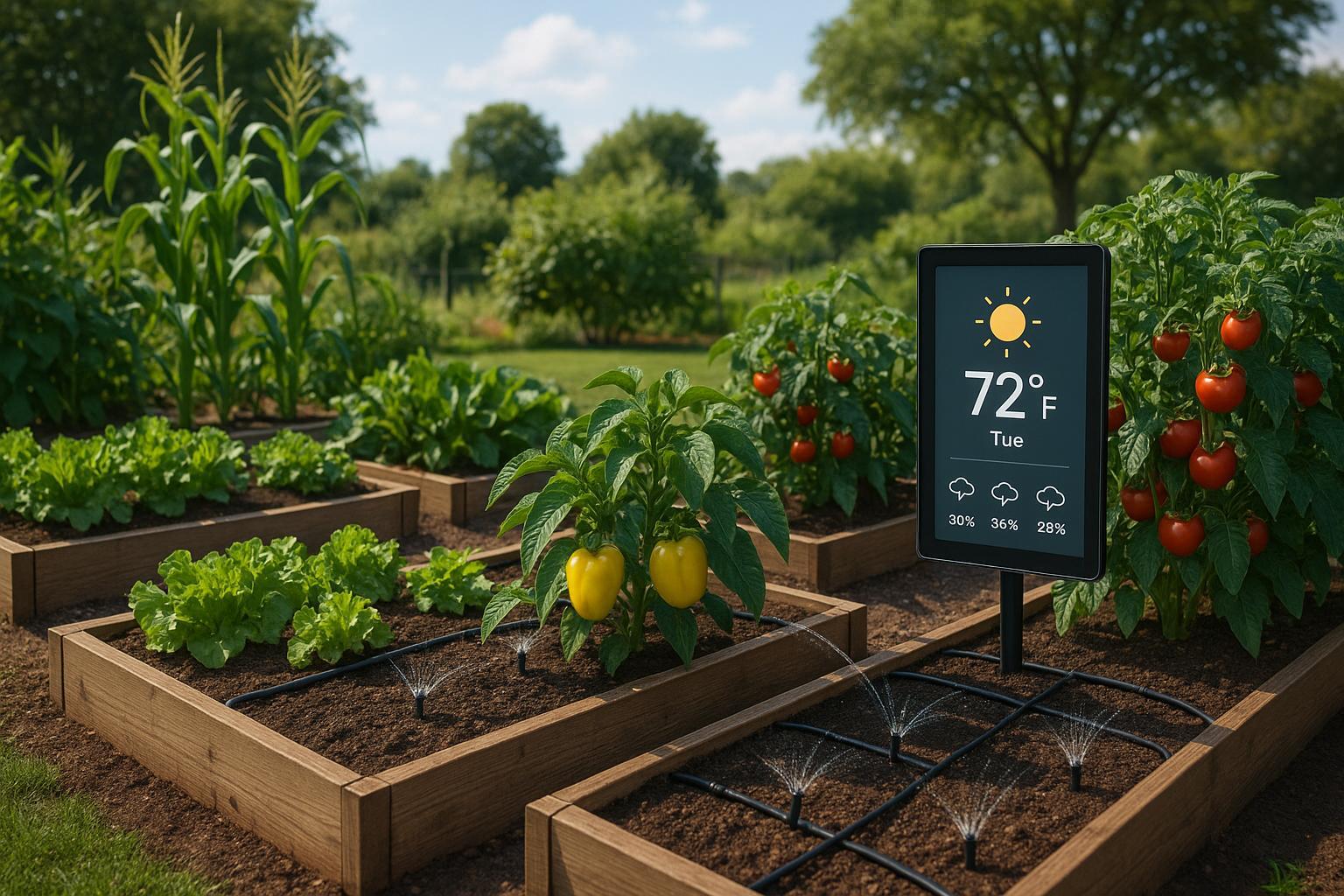
AI Tools for Regional Climate Data in Gardening
Explore how AI tools transform gardening by using regional climate data for personalized planting, efficient water management, and pest prediction.
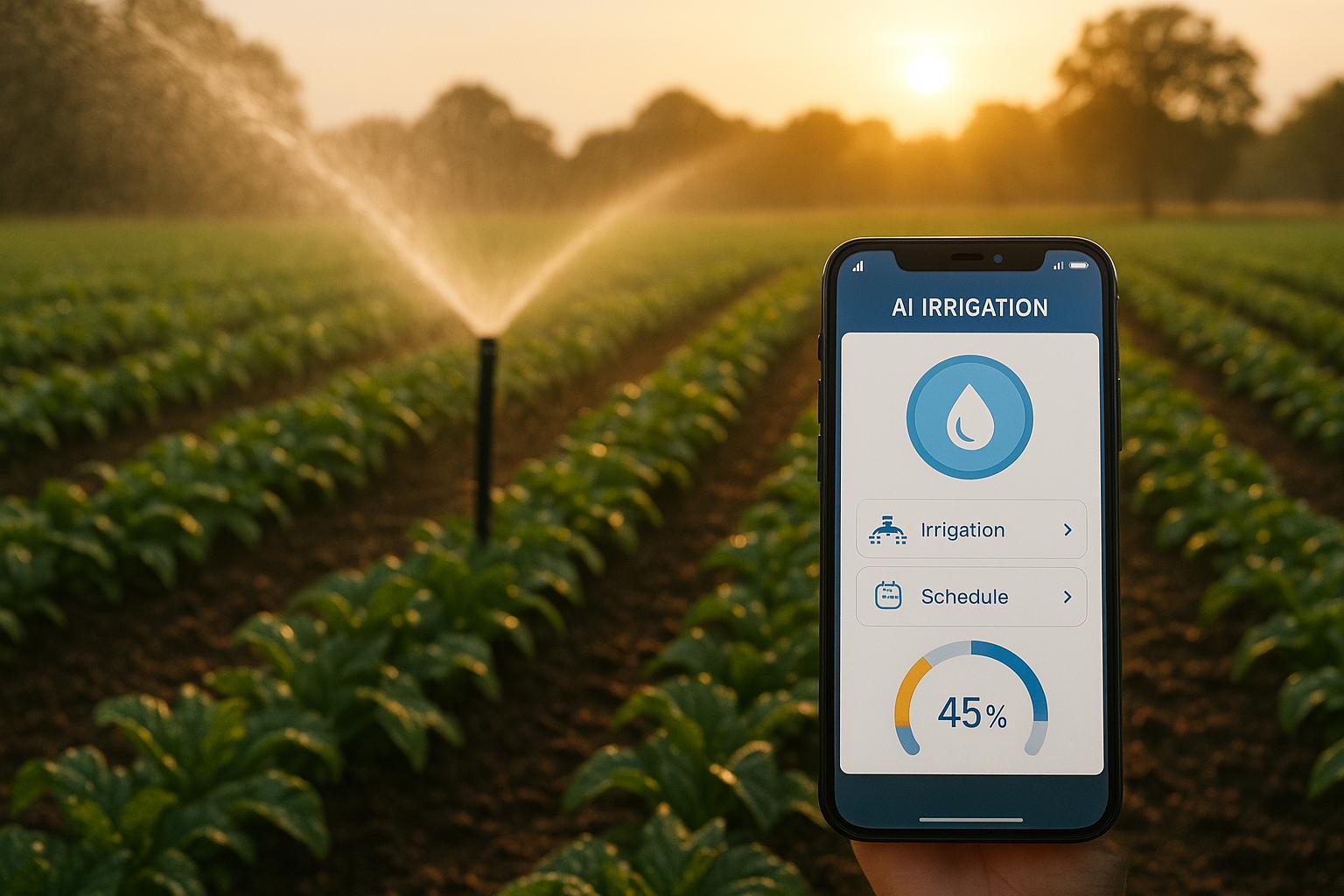
AI-Powered Irrigation Apps: How They Work
AI-powered irrigation apps optimize water use, enhance plant health, and reduce costs, transforming how we manage gardens and farms.